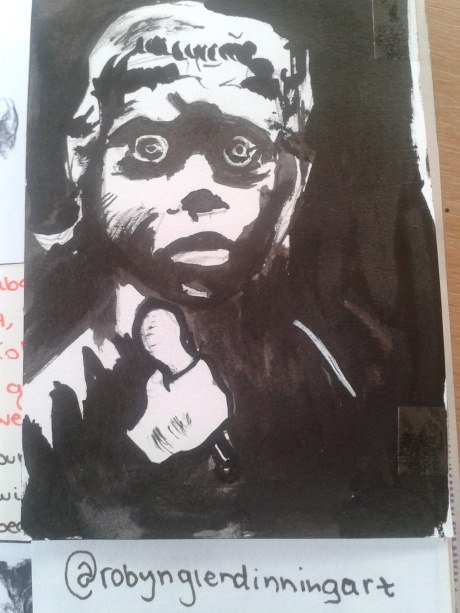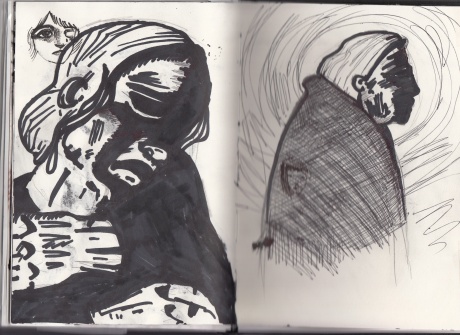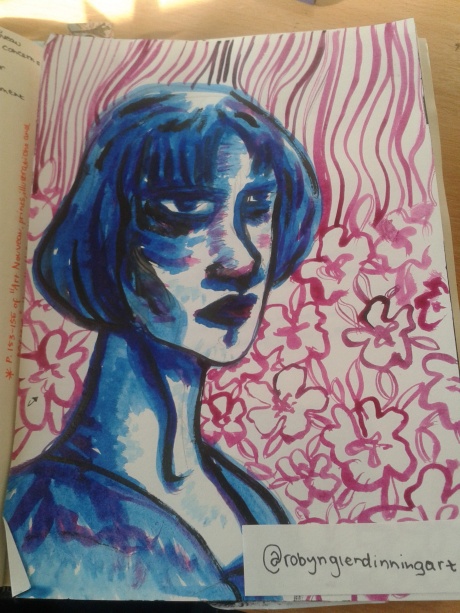
so… blogging hmmm. This is a blog revolving around my communication design context lectures. It’s a project blog. So todays lecture was all about the Origins of Communication, the birth of symbolic language followed by a discussion. I found it really interesting, old pictographic codes and languages. At the beginning of the summer I went to London and went to the Ice Age Art: arrival of the modern mind exhibition at the British Museum. Cave art, like the drawings on the walls of the Chauvet caves in France is really just the beginning of prehistoric art. what really amazed me was a large boar sculpture, it was unusual in its size as most of the other 3D craved objected were small. Whereas this was almost life-size. We will never truly know what compelled early man to make these sculptures and painting. But there is something fascinating about, I especially like the stencilled handprints. they are so eerie and simplistic, a direct link to our ancestors. But are they the signature of those who created the paintings, some right of passage or prehistoric mans version of I was here. As this is a time before written word and in some cases before verbal language.
Even today the true purpose of cave art is unknown, what we know are just theories. Are they functional recording of real life events like a diary or are they symbolic representations of something deeper and less mundane. Or both. Right now my opinion is probably both.
well that’s my first blog post, I think I will go read some books and do some research.
The picture is a postcard I got from the British Museum and here are two links for the British Museum to do with the exhibition Ice age art: the arrival of the modern mind : http://www.britishmuseum.org/whats_on/past_exhibitions/2013/ice_age_art.aspx and http://www.britishmuseum.org/whats_on/past_exhibitions/2013/ice_age_art/about_the_exhibition.aspx
The culture show also did a lovely feature on the exhibition : http://www.bbc.co.uk/programmes/b01qrmpz
Unfortunately the full episode is no longer available but there are still clips.
All of the above links were accessed on the 19.9.2013.





